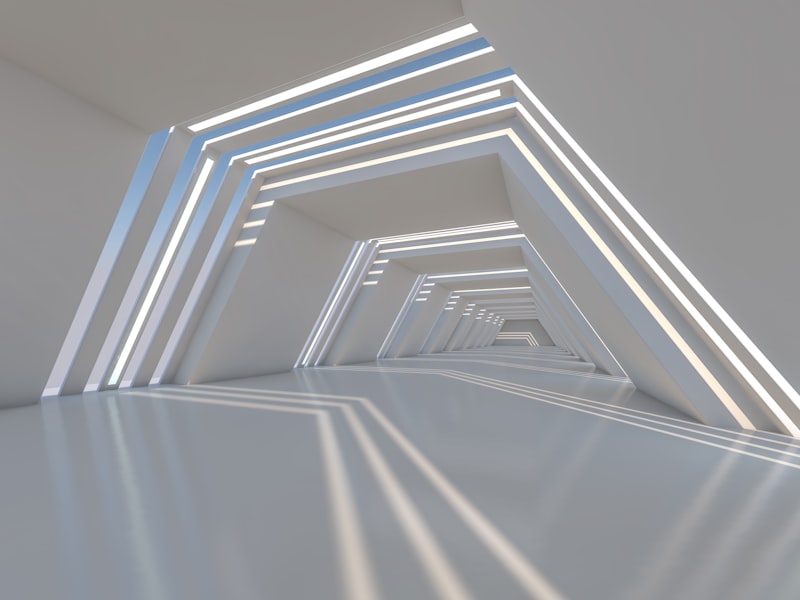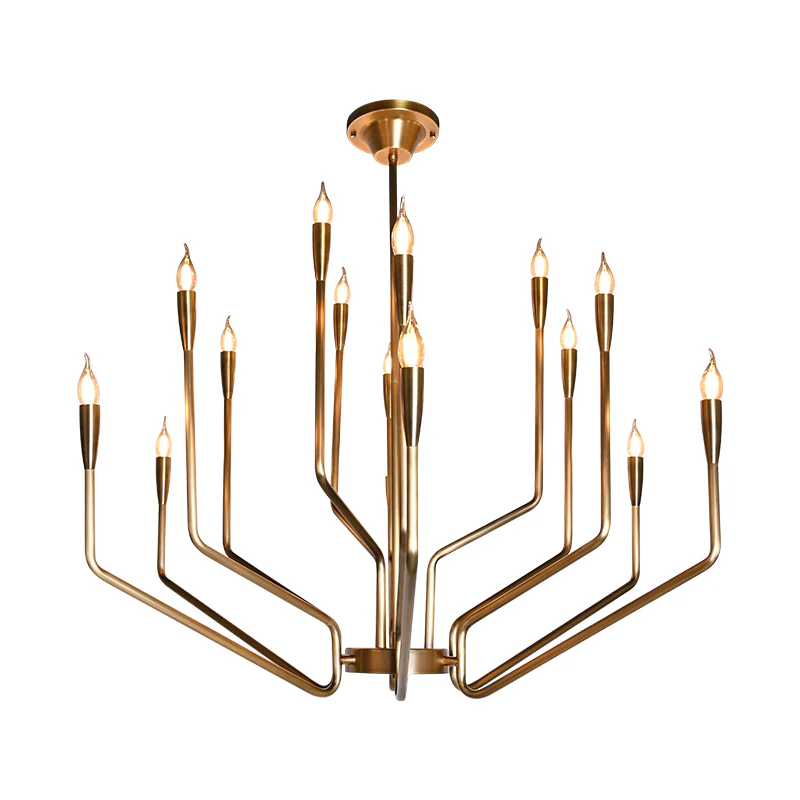Exploring Futuristic Lighting Trends: A Comprehensive Guide
Exploring Futuristic Lighting Trends: A Comprehensive Guide
As we venture deeper into the 21st century, the concept of lighting has evolved significantly. With technological advancements and a growing emphasis on sustainability, futuristic lighting trends are transforming the way we illuminate our spaces. This article will delve into the latest innovations in lighting design, materials, and technologies that shape the future of lighting. We will also address common questions related to these trends, offering insights and suggestions on how to adapt them for your personal or professional environments.
What’s Driving Futuristic Lighting Trends?
Several factors are fueling the evolution of lighting trends. Among them are:
- Technological Advancements: Innovations in LED technology and smart home systems are pioneering new lighting solutions that are not only efficient but also customizable.
- Sustainability: A growing awareness of environmental challenges is steering consumers and designers towards energy-efficient lighting options.
- Design Innovation: Designers are pushing boundaries to create Aesthetics that cater to modern tastes while enhancing functionality.
Types of Futuristic Lighting Trends
As we explore the different types of futuristic lighting trends, we can categorize them into several key areas:
| Trend | Description | Approximate Cost |
| Smart Lighting | Integrated systems that allow remote control and automation. | From $50 to $200 per unit |
| Biophilic Lighting | Designs that draw inspiration from nature, using organic forms and colors. | Varies widely, typically $300 and above |
| RGB and Dynamic Lighting | Adjustable lighting that changes colors based on preference and mood. | From $30 to $150 per fixture |
| Solar-powered Lighting | Environmentally friendly solutions that harness solar energy for illumination. | Typically $50 to $300 |
Innovations in Lighting Technology
With advancements in technology, we can expect a significant rise in innovative lighting solutions:
LED and OLED Technologies
The future of lighting lies heavily in LED and OLED (Organic Light Emitting Diodes) technologies. They provide greater energy efficiency and longer life spans compared to traditional lighting options. LEDs use approximately 75% less energy than incandescent bulbs and last up to 25 times longer.

Smart Lighting Systems
Smart lighting systems such as Philips Hue and LIFX allow users to customize their lighting via smartphone apps or voice commands. These systems can create pre-set scenes for different occasions, enhancing the ambiance of any space. For instance, a cozy evening setting can be achieved with warm lighting, while a productivity-focused atmosphere can utilize brighter cooler tones.
Design Elements of Futuristic Lighting
Futuristic lighting trends are not just about technology; they also incorporate innovative design elements that set them apart:
Minimalism
Modern designs are trending towards minimalism, focusing on clean lines and functional forms. This approach integrates seamlessly into any interior space, making a bold statement without being overwhelming.
Biophilic Design
Biophilic lighting seeks to connect us to nature through organic shapes and materials. By incorporating natural elements, these designs can promote a sense of well-being and enhance the overall aesthetic of environments.
Dynamic and Interactive Lighting
Dynamic lighting that responds to environmental factors such as occupancy and daylight levels is becoming increasingly popular. These systems not only save energy but also adapt to the activities of the inhabitants, providing optimal lighting conditions.
Futuristic Lighting for Different Spaces
Understanding how to implement these lighting trends into various spaces is crucial:
Residential Spaces
In homes, consider using smart lighting solutions that allow you to automate and customize lighting based on your lifestyle. Creating zones with different lighting can enhance the functionality of your space. For example, brighter lighting can be used in workspaces, while softer lighting suits relaxation areas.
Commercial Spaces
In commercial settings, dynamic lighting can enhance customer experiences. Retail stores can utilize RGB lighting to draw attention to products, while office environments can adopt biophilic designs that improve employee productivity and well-being.
Conclusion: Embracing Futuristic Lighting Trends
As we navigate the realm of futuristic lighting trends, it becomes evident that the fusion of technology and design is reshaping our spaces. From smart systems that enhance our daily routines to biophilic designs that create a connection with nature, these innovations not only reflect our changing needs but also promote sustainable living. When considering incorporating futuristic lighting into your environment, keep in mind the balance between Aesthetics and functionality. Always opt for energy-efficient solutions that align with your lifestyle while enhancing the mood and ambiance of your space. As you embrace these trends, remember that the future of lighting is not just about illumination; it’s about creating experiences.
Furthermore, do not hesitate to explore additional resources, stay up-to-date with emerging trends, and engage with professionals to get the best out of your lighting solutions. As the world of lighting continues to evolve, being informed will enable you to make smarter and more beautiful choices for your home or business.
